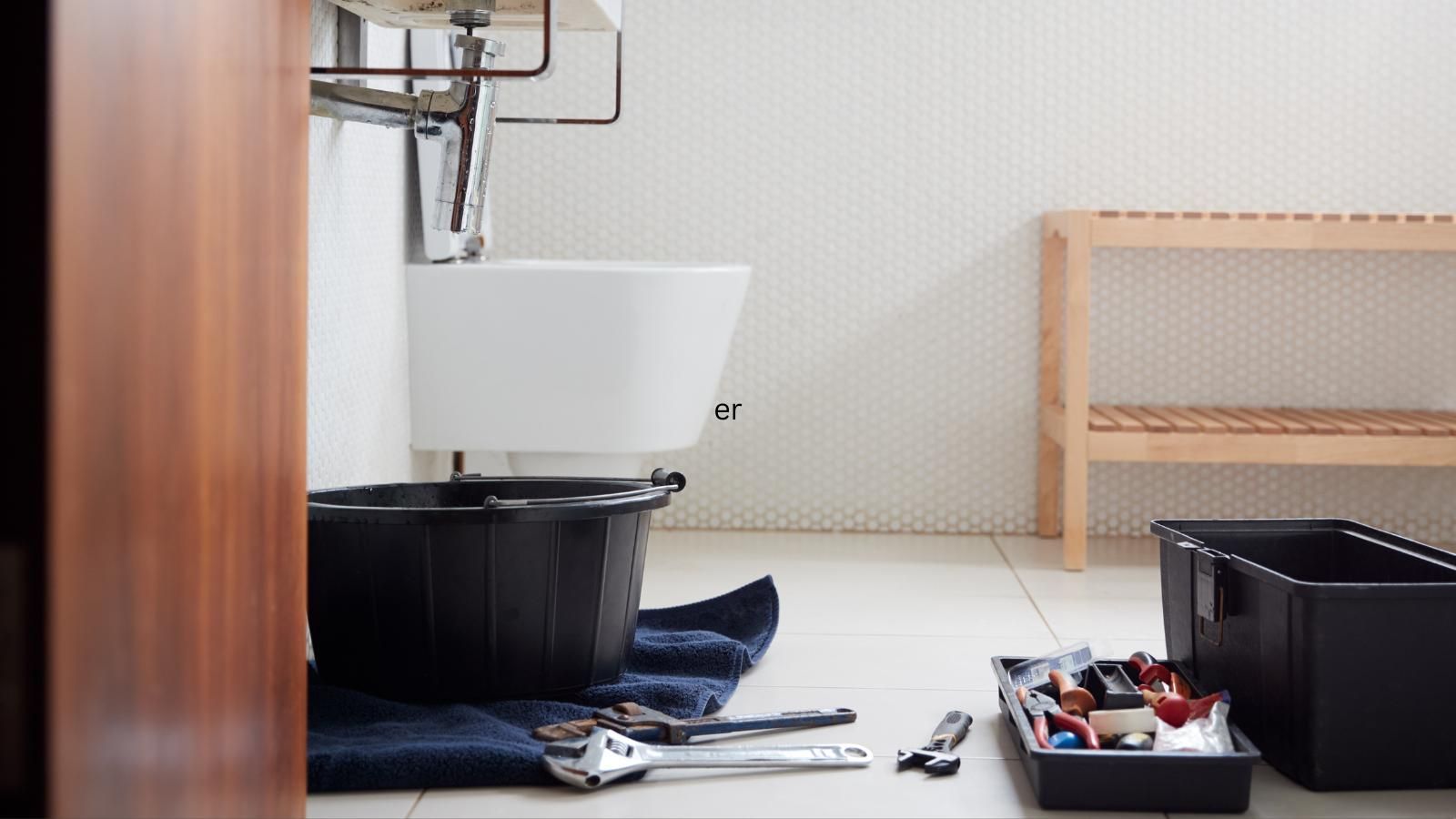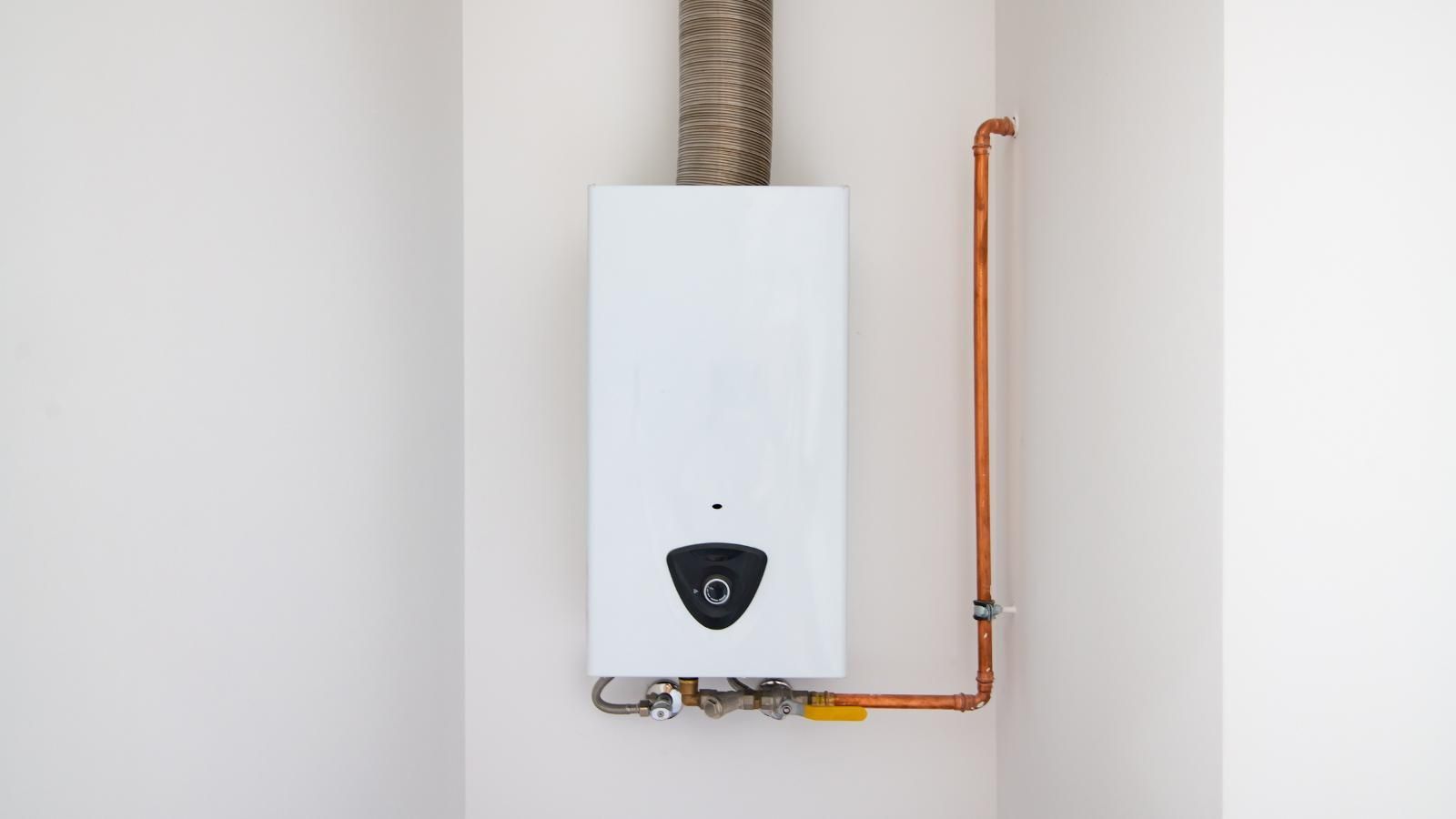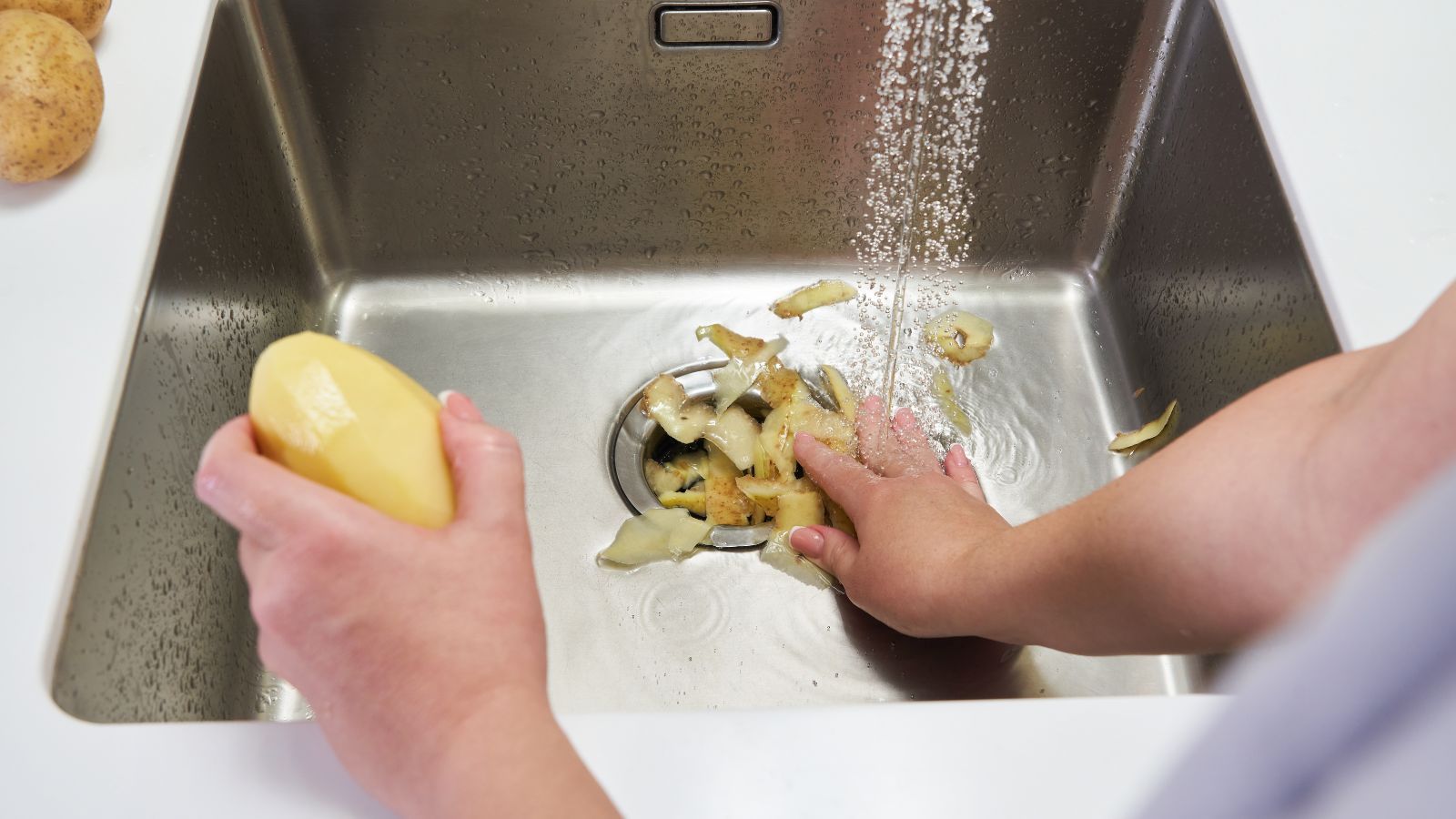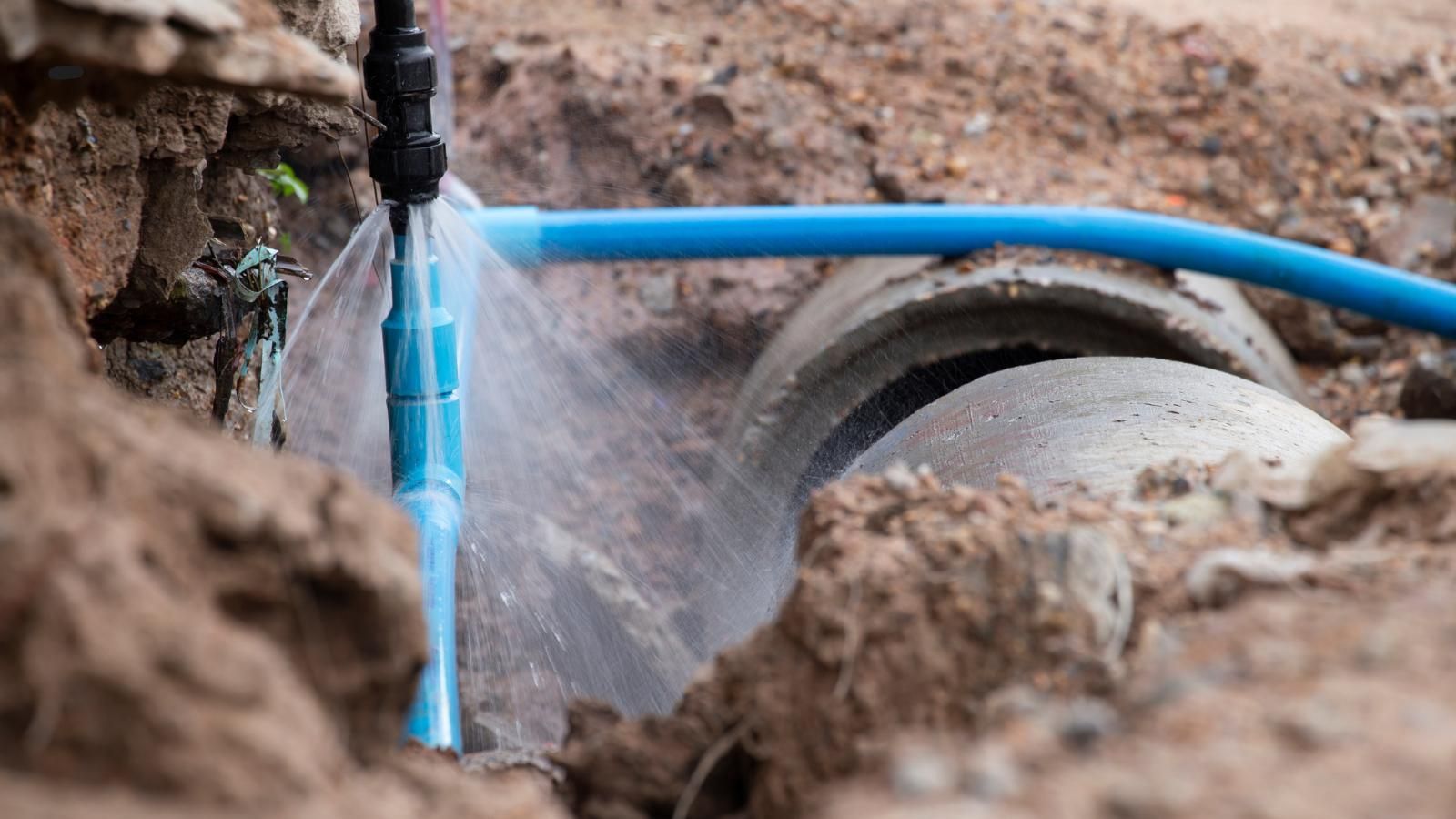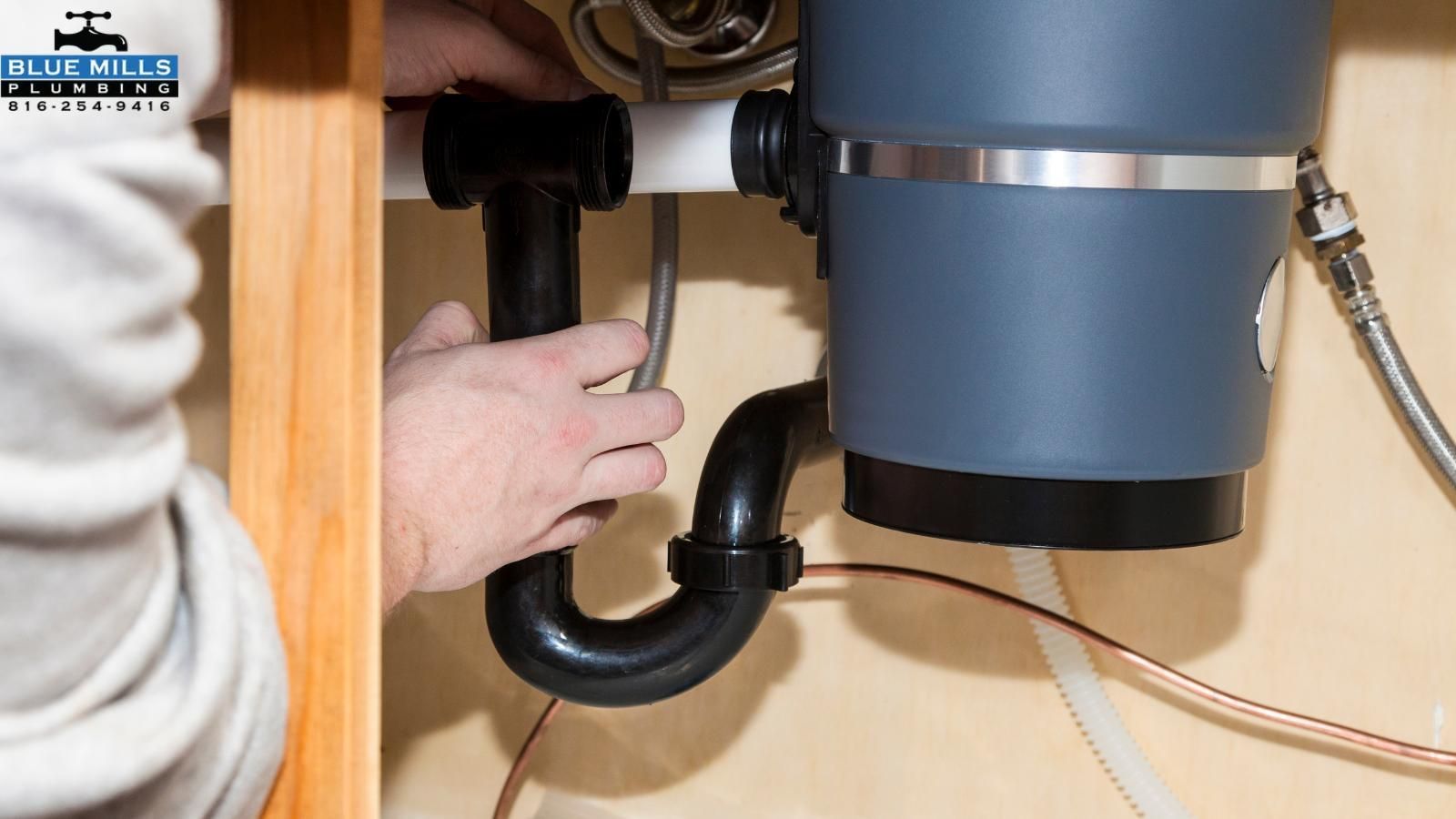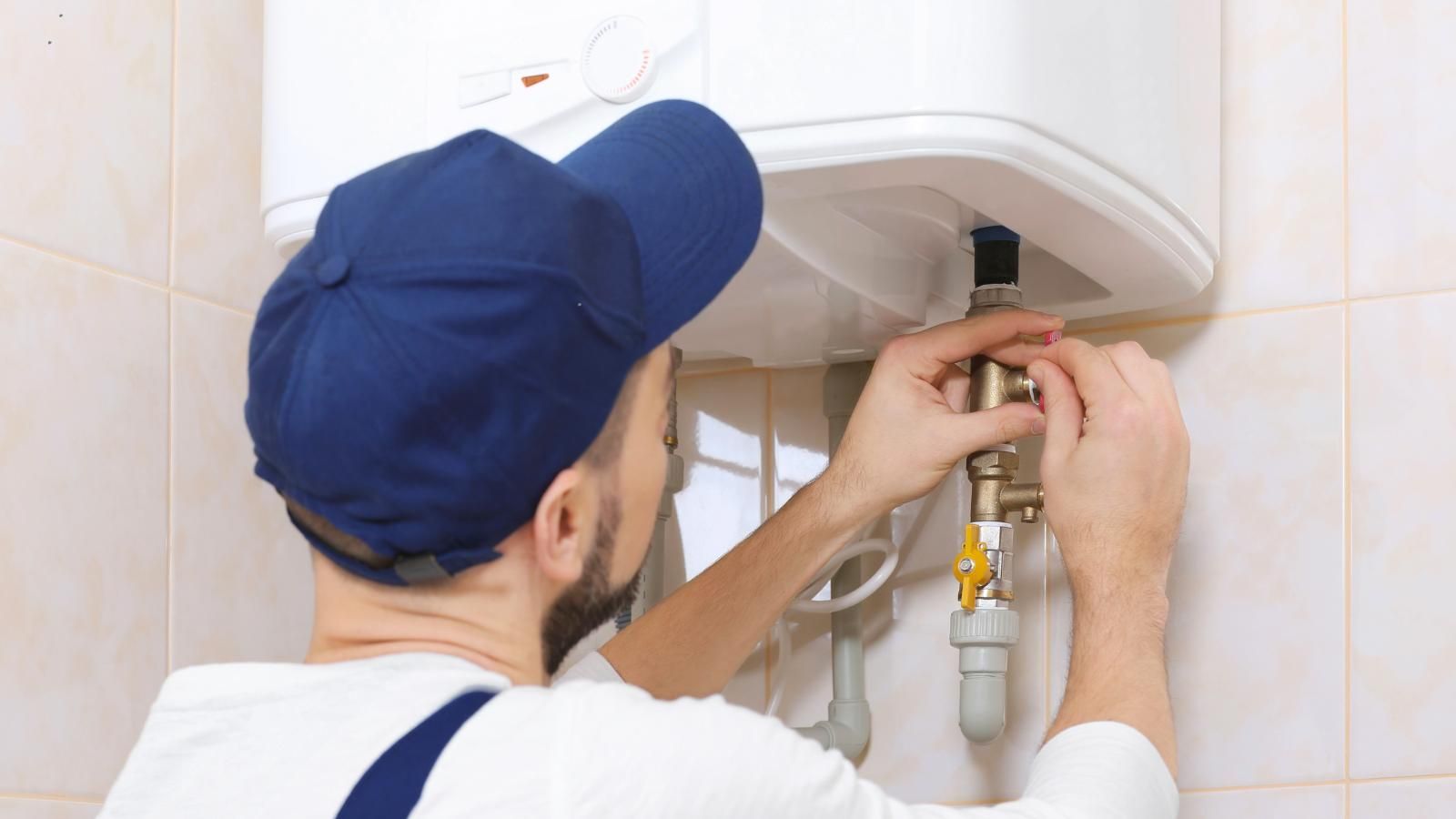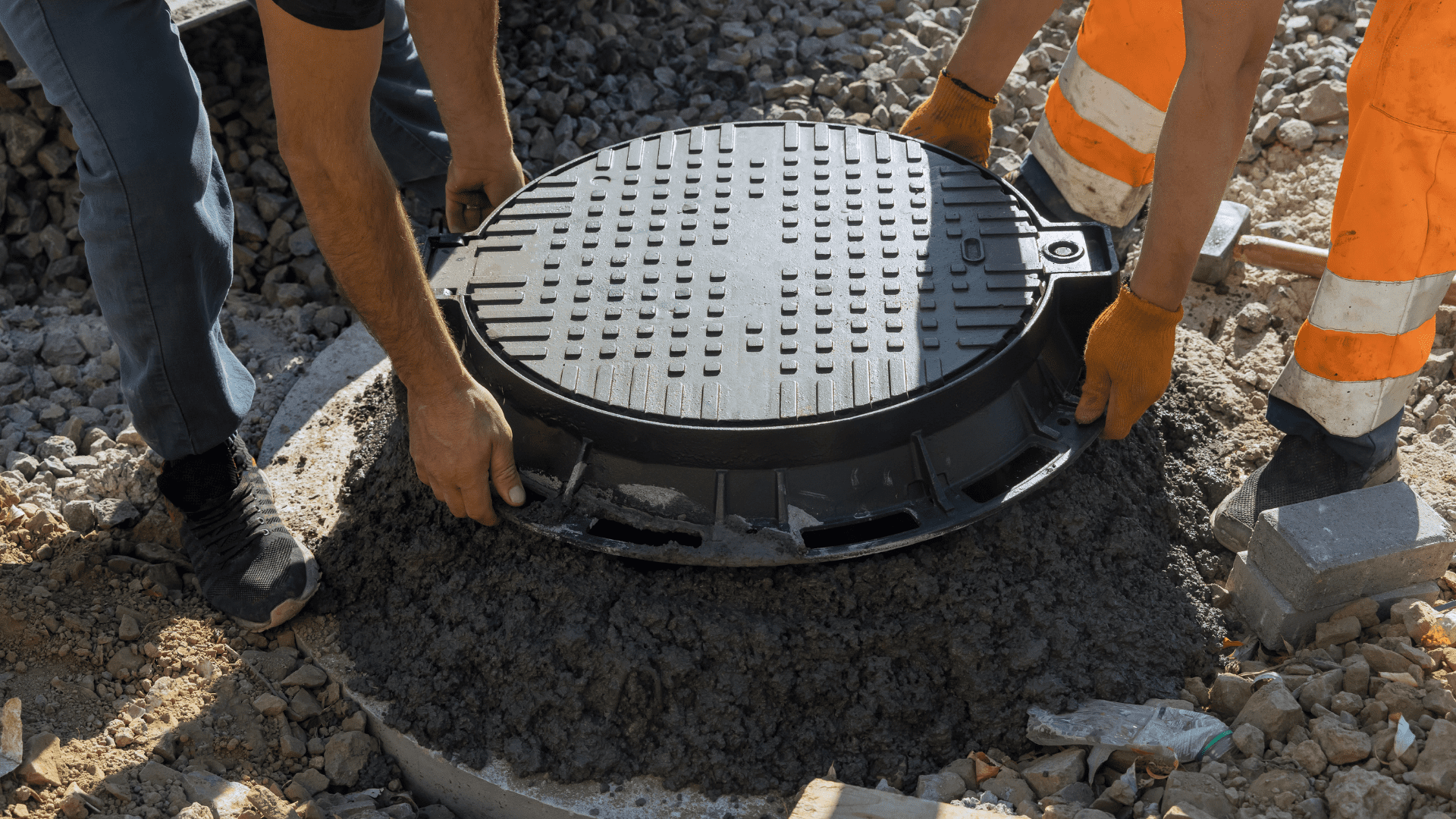How to Install a Septic Tank: Common Mistakes to Avoid
Septic tank installation can be a daunting task. Taking the correct steps during tank installation can avoid costly mistakes in the thousands. After installation, proper attention to other septic tank problems can protect your investment. Doing it right the first time saves money and time.
In this blog we will cover:
- Protect your System from Poor Soil Condition and Bad Placement
- Properly Sizing Up the System
- Importance of Maintenance after Installation
- Signs of Septic Tank Problems
Septic Tank Success Starts With Smart Planning
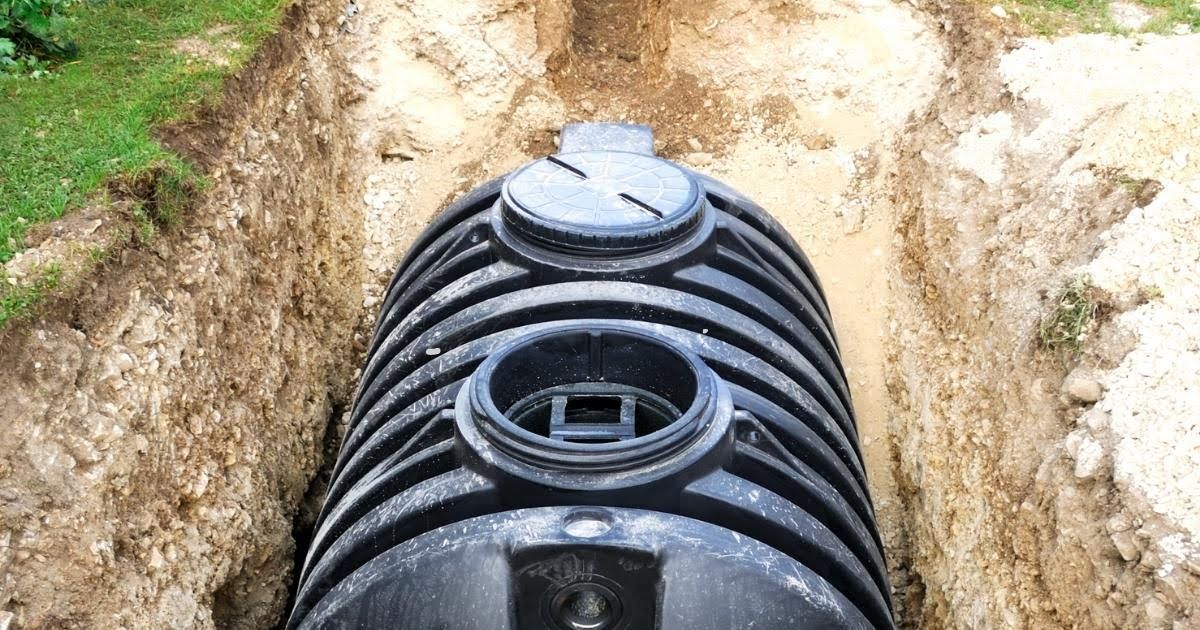
The biggest septic system issues often begin before they’re even installed but can be avoided with proper planning. Septic tank installation is not a DIY project, it is very involved. It requires a septic tank installation company because of the need for permits, heavy equipment, and other specialized skills. Poor planning could result in having to tear out a fully functioning system if it's not up to local codes or done without proper permits.
Picking the wrong spot or skipping a percolation test can compromise the entire system. It is crucial that the system is a distance away from wells, trees, and buildings to avoid any contamination. Soil testing (percolation) measures how quickly water drains from the soil. Improper drainage leads to failure of that site.
Failing to Size the System Properly
There are many septic tank problems and solutions. For instance, the size of the tank. A tank that is too small for the home or property can lead to overflow, backups, and frequent maintenance. The size of the septic tank determines the water usage. The solution is to replace the tank with an alternative system or bigger size.
Poor Maintenance After Installation
Even a perfectly installed system can fail without regular care. Regular maintenance and inspections can mitigate the amount of repairs needed. Some common septic system problems are clogged pipes, drainfield failure, and tree root intrusion. Septic tank troubleshooting makes it easier to identify these problems. Routine maintenance is the key to avoiding future problems.
What Are the Signs My Septic Tank Has a Problem?
It is good to know the common problems with septic tanks. Frequent septic tank issues to look for are odors, a soggy ground, and slow drains. Although you can identify the signs, septic system issues can be easily misdiagnosed. Proper inspection by a professional is highly recommended.
Protect Your Septic System from the Start
Septic tank installation is a process that should be done carefully. It is imperative to know the condition of your soil, placement of the tank, and size of the septic tank. The biggest issues are preventable with planning. Informed planning and responsible maintenance saves you from costly mistakes. For expert septic tank installation Independence and the Kansas City area, contact Blue Mills Plumbing today.


